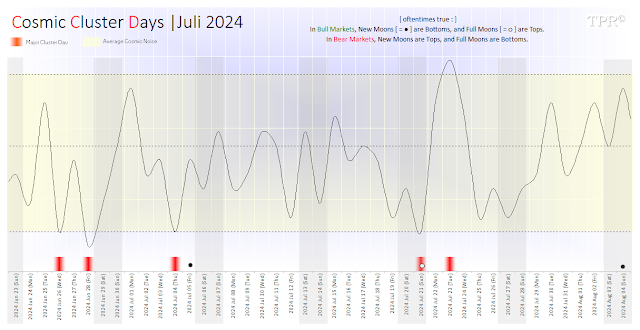Traders want to find trending markets but often fail to see and understand the structural characteristics of bullish and bearish months. Both move in a similar fashion but inverse to one another. Here are the characteristics for the formation of a bullish month:
The first example is a daily chart of US Dollar versus Japanese Yen (USDJPY) during February 2023. The market was trending up. It was a bullish month. Let's identify the five key factors to a bullish month:
1. Price moves below the monthly opening price.
2. A swing low forms below the month's open.
3. Price purges a previous daily low (PDL) and reverses back to a previous daily high (PDH).
4. The market creates a market structure shift (MSS) to the upside and an Imbalance or Fair Value Gap (FVG).
5. Higher swing highs and higher swing lows form.
2. A swing low forms below the month's open.
3. Price purges a previous daily low (PDL) and reverses back to a previous daily high (PDH).
4. The market creates a market structure shift (MSS) to the upside and an Imbalance or Fair Value Gap (FVG).
5. Higher swing highs and higher swing lows form.
Looking at the daily candles in the USDJPY chart, we see the methodical sequence of a Bullish Month developing:
1. Price was movesg below the monthly opening price. Price stops below it, runs up, drops below it, runs up and continues the bullish trend.
2. A swing low below the month's open forms. This is a swing low because the candle on the left has a higher low and the candle on the right has a higher low, hence the low in the middle is the lowest point. To form a swing low only takes three bars.
3. Price purges a previous low and works back to a previous high. The following day price reverses back to the previous daily high, all happening within a three bar setup, creating a swing low, which is a purge on the previous daily low and a reversal back to a previous daily high.
4. Next the market creates a shift to the upside with speed through a previous swing high and a FVG.
5. And price created a new swing high and a higher swing low.
2. A swing low below the month's open forms. This is a swing low because the candle on the left has a higher low and the candle on the right has a higher low, hence the low in the middle is the lowest point. To form a swing low only takes three bars.
3. Price purges a previous low and works back to a previous high. The following day price reverses back to the previous daily high, all happening within a three bar setup, creating a swing low, which is a purge on the previous daily low and a reversal back to a previous daily high.
4. Next the market creates a shift to the upside with speed through a previous swing high and a FVG.
5. And price created a new swing high and a higher swing low.
The next example is a daily chart of Apple during January 2023. The same five criteria for a Bullish Month were met:
Now let's look at the five key factors to a Bearish Month:
1. Price moves above the monthly opening price.
2. A swing high forms above the month's open.
3. Price purges a previous daily high and reverses back to a previous daily low.
4. The market creates a shift to the downside and a FVG.
5. Lower swing highs and lower swing lows form.
2. A swing high forms above the month's open.
3. Price purges a previous daily high and reverses back to a previous daily low.
4. The market creates a shift to the downside and a FVG.
5. Lower swing highs and lower swing lows form.
The first example is a daily chart of British Pound versus US Dollar during August 2022. The market was trending down. Identify the above listed five criteria for the formation of a Bearish Month:
The last example is a daily chart of Gold during February 2023. Gold was in a down trend. Identify the structural criteria for the formation of a Bearish Month:




























%20-%20NASDAQ%E2%80%99s%20Midyear%20Rally%2001.jpg)
%20-%20NASDAQ%E2%80%99s%20Midyear%20Rally%2002.jpg)





